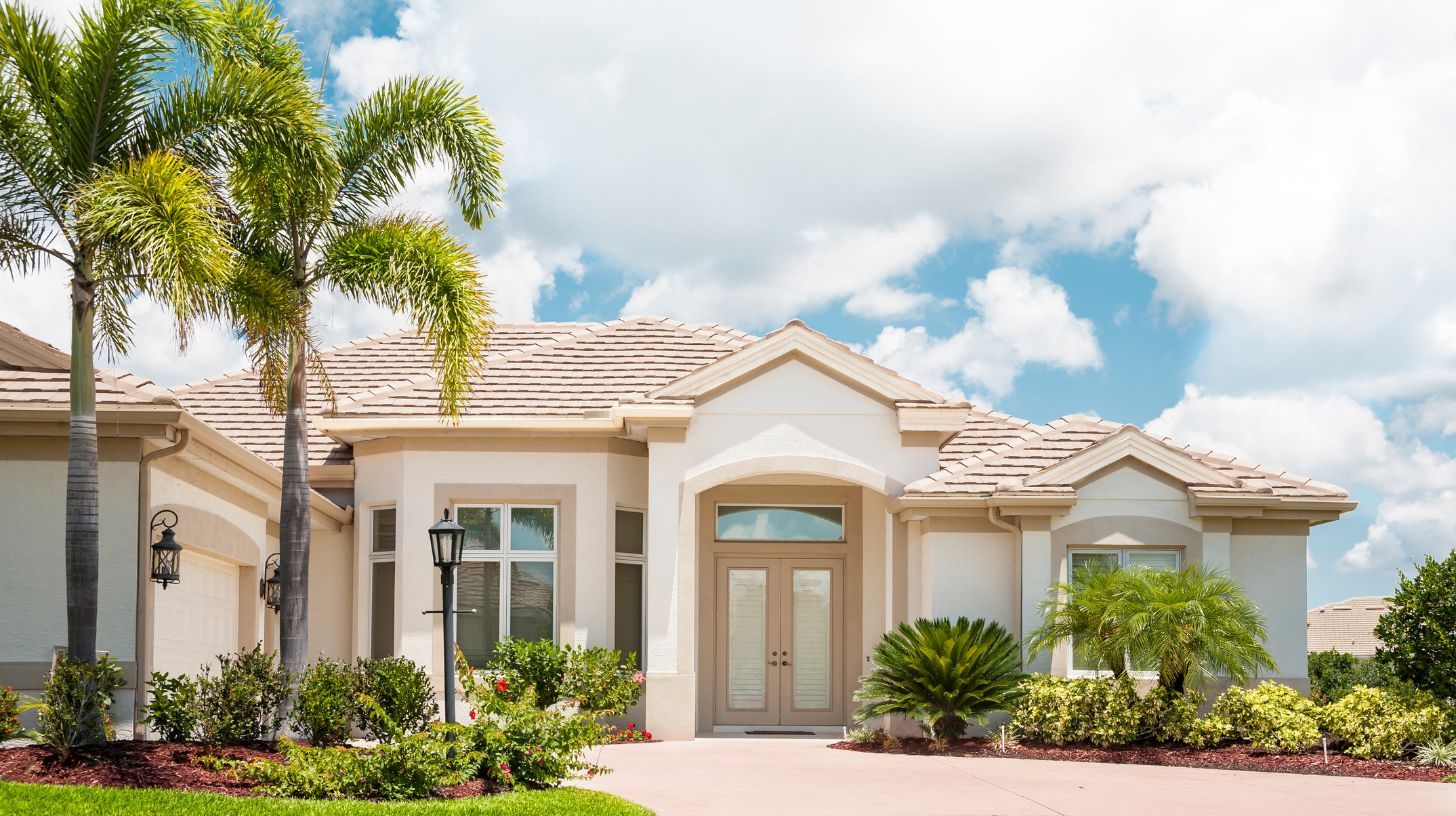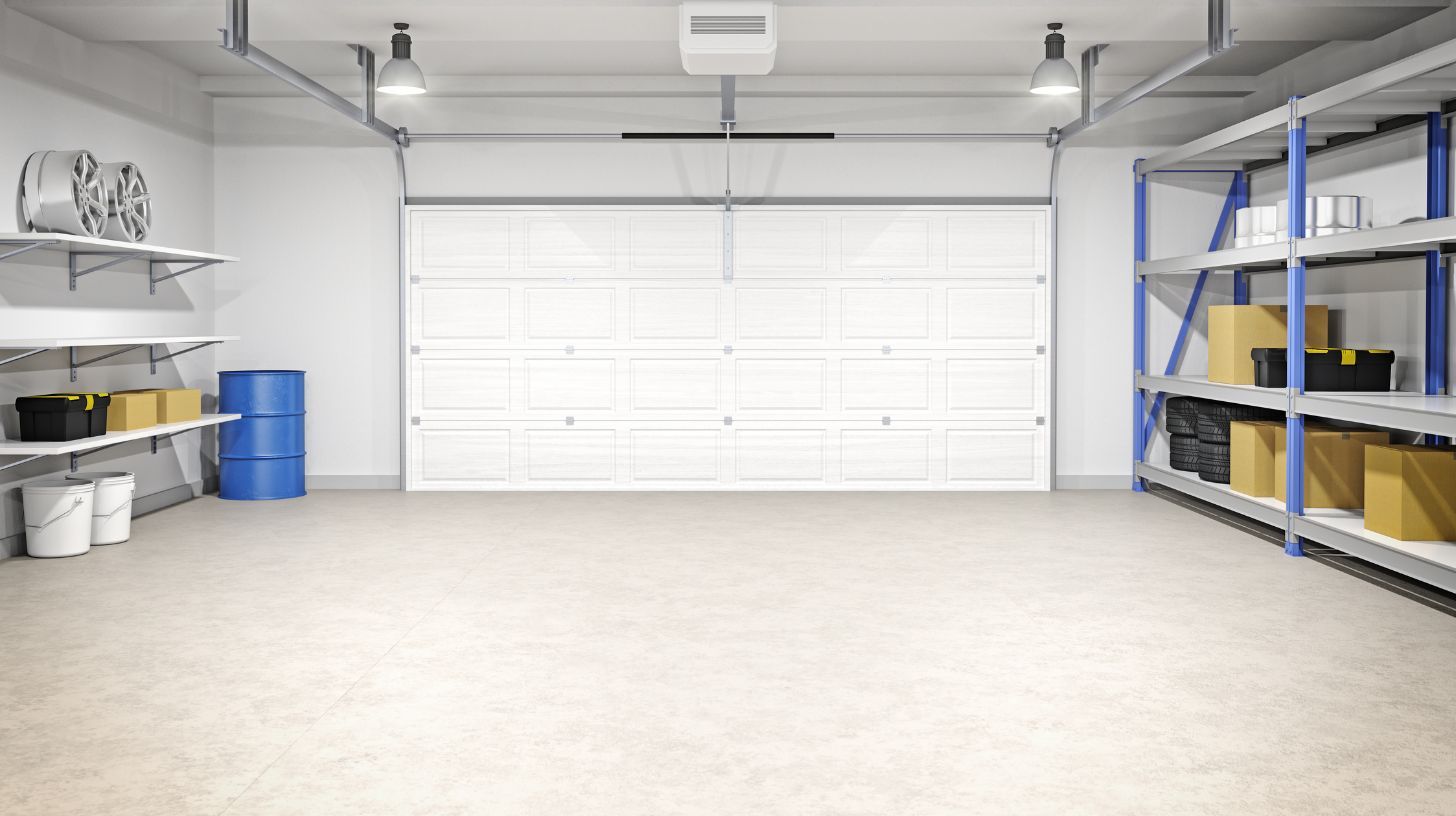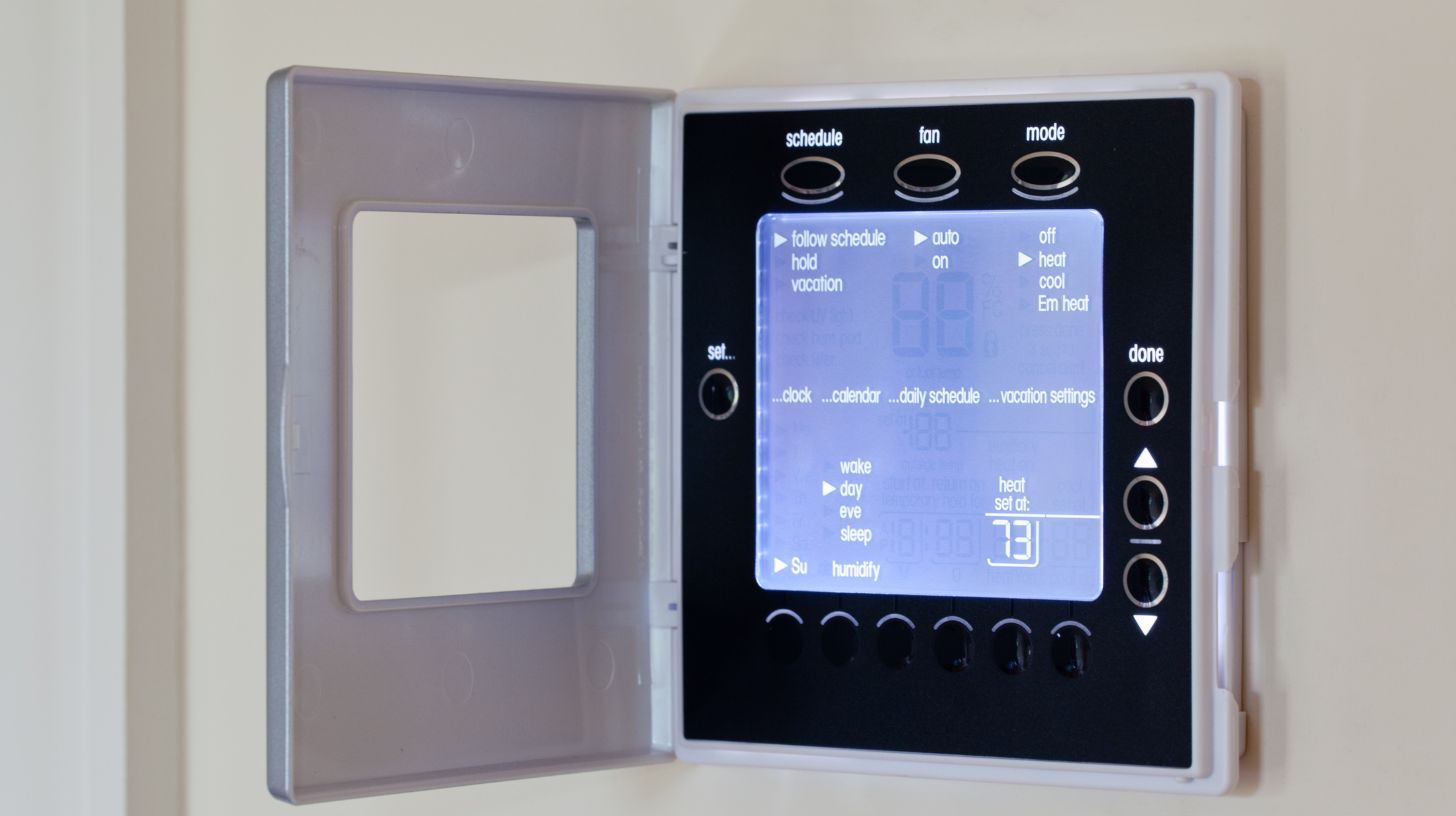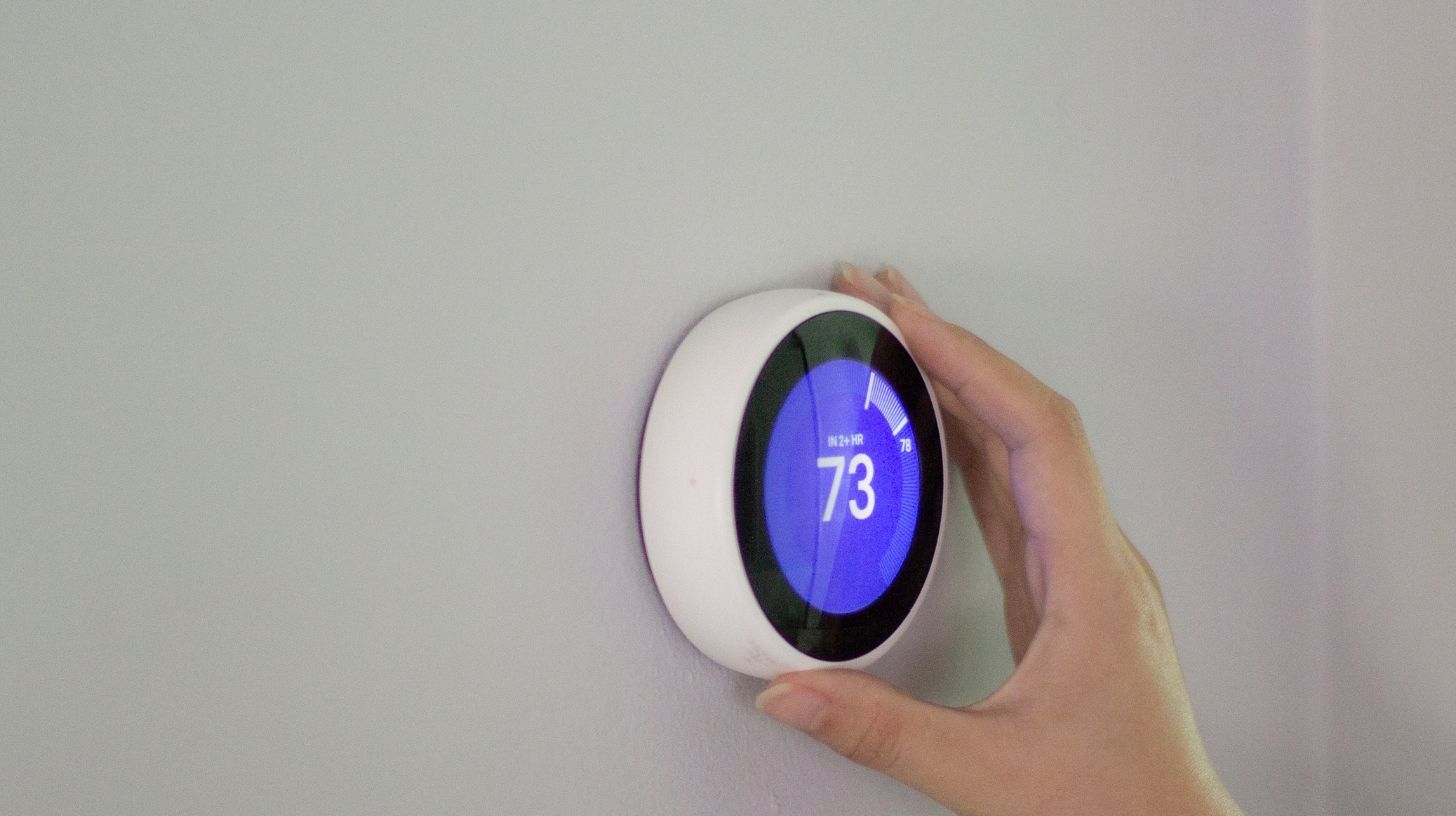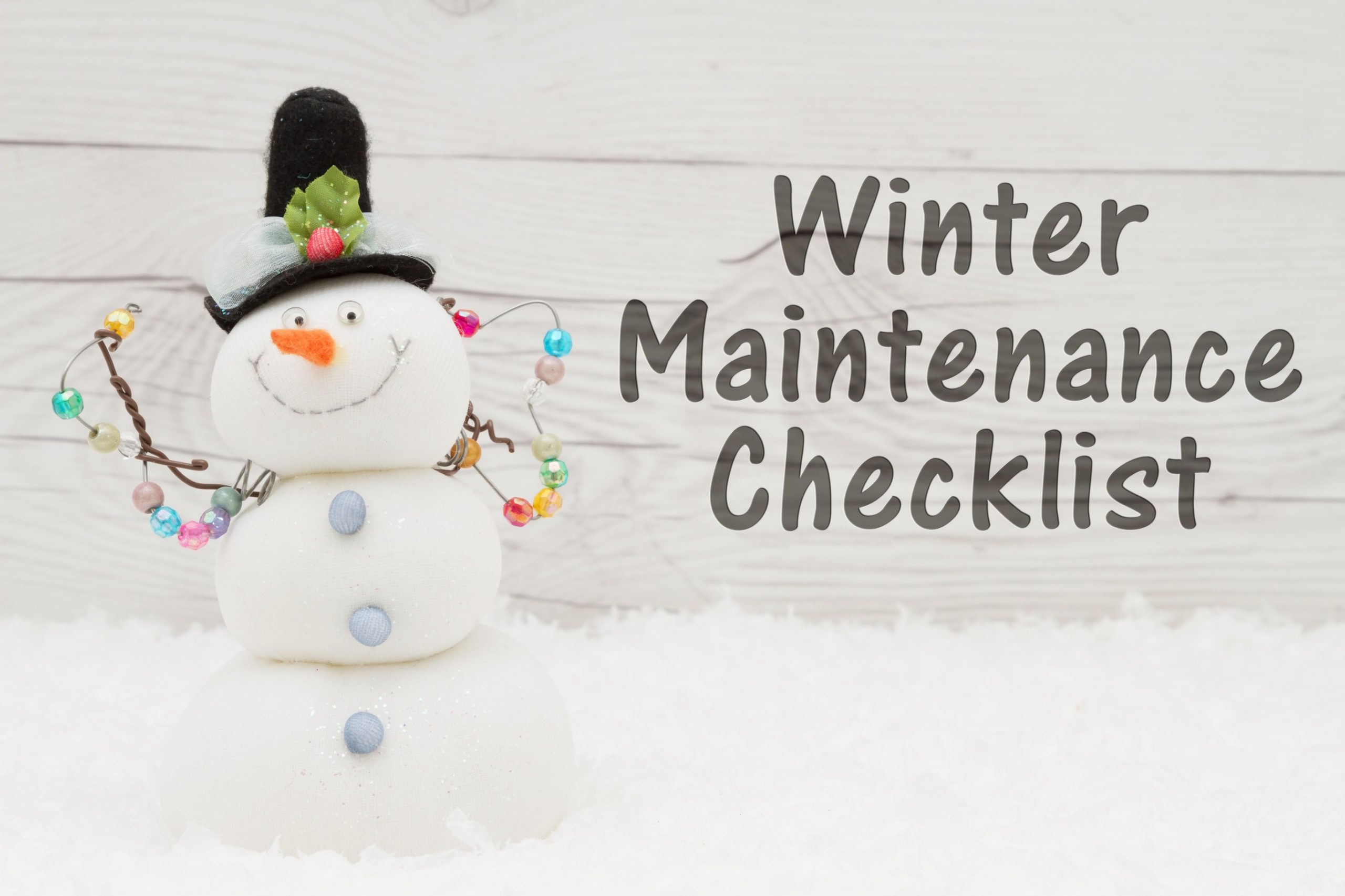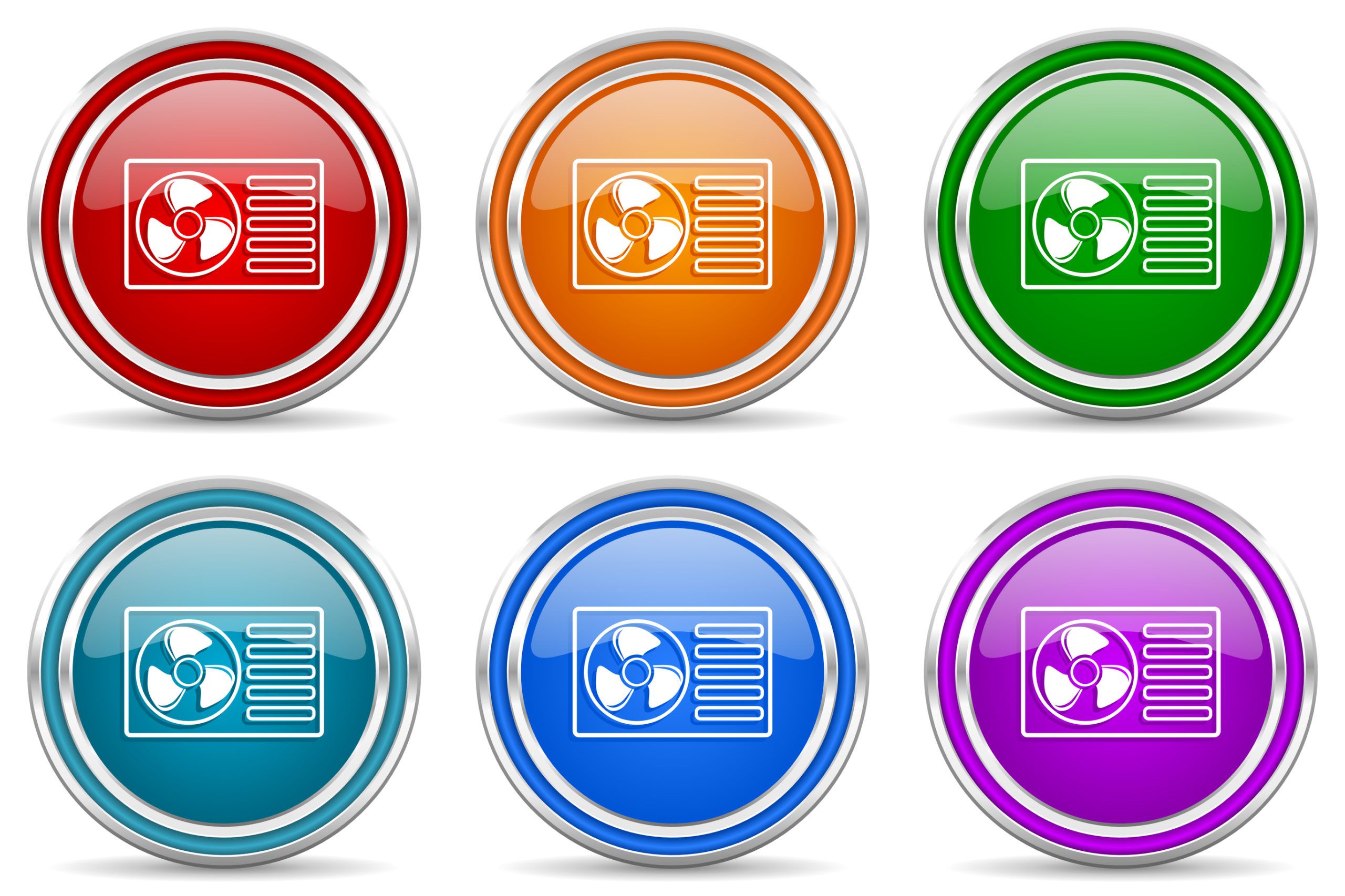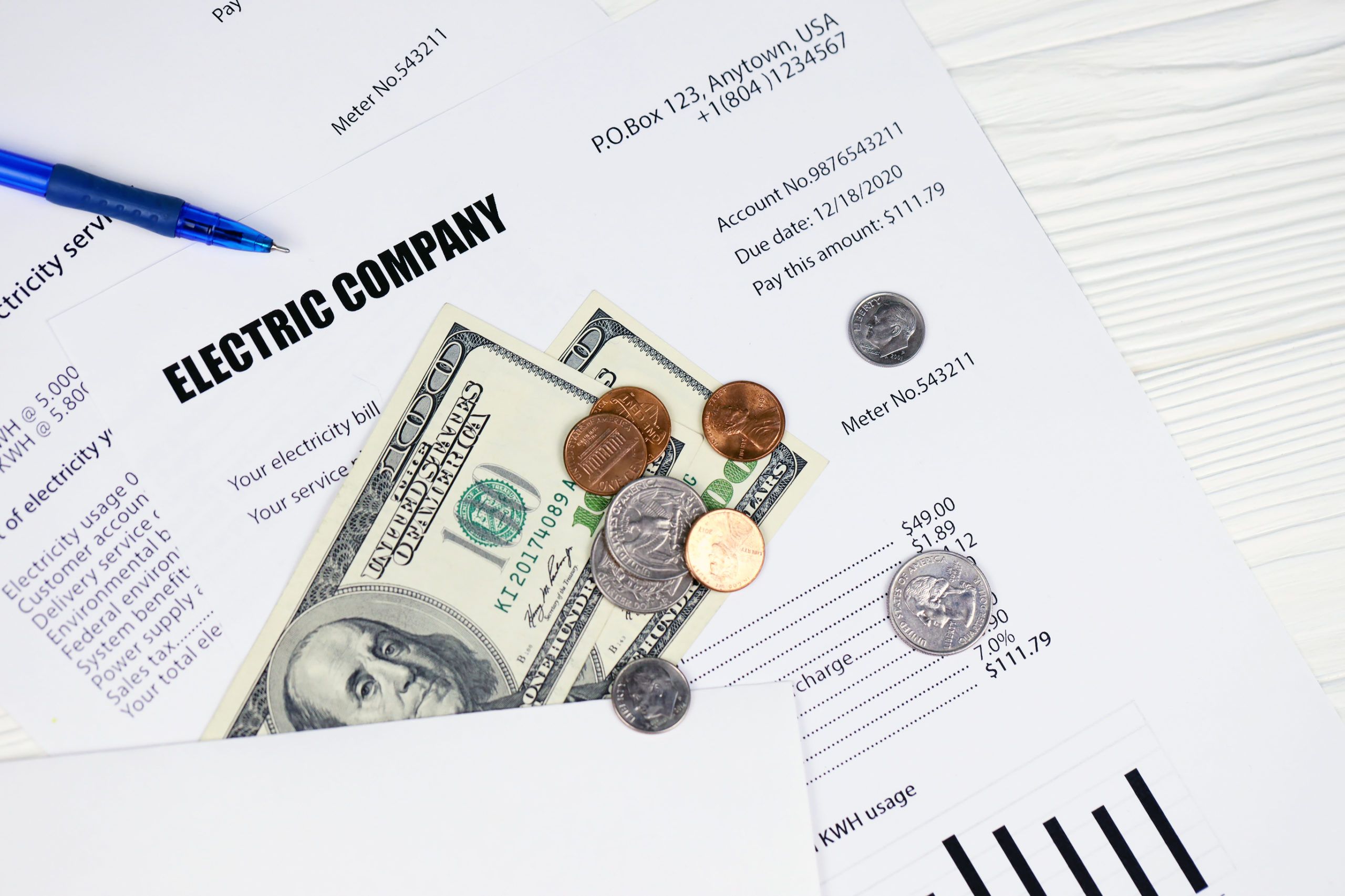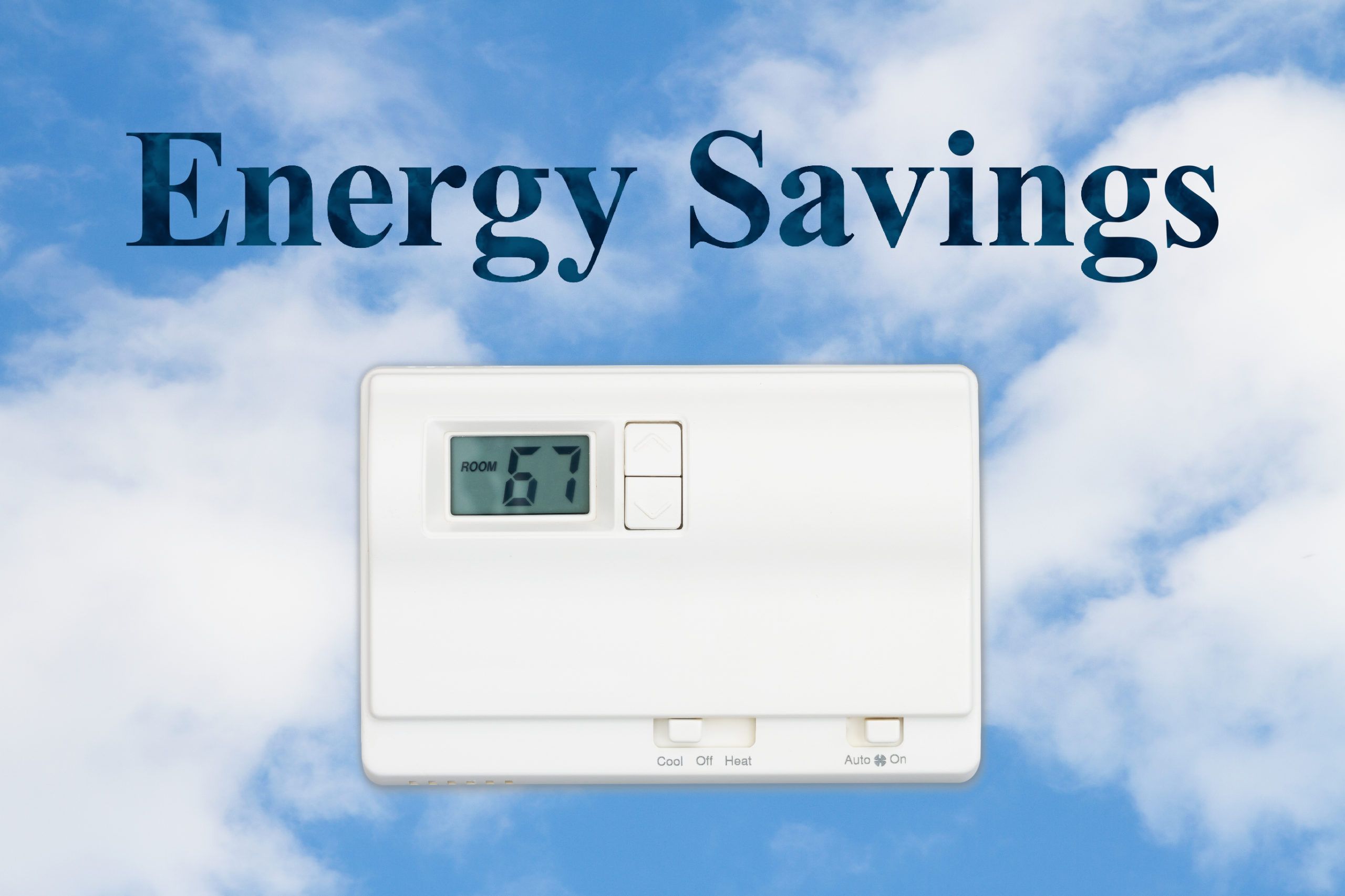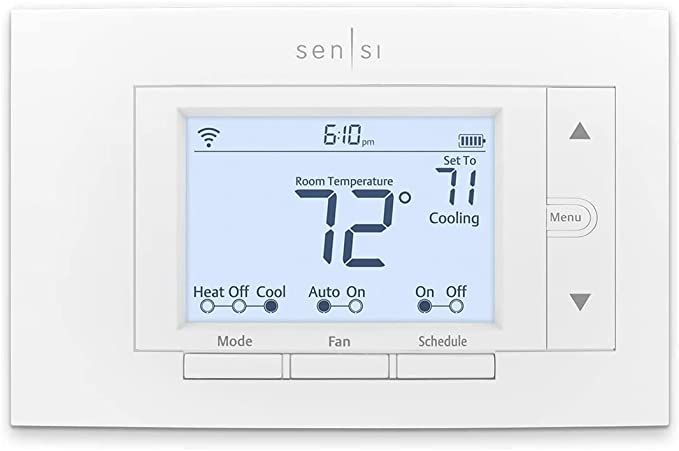How to save money on heating and cooling?
TLDR: This blog provides valuable tips for managing HVAC usage and reducing energy bills in a desert climate like Phoenix. It covers strategies for lowering heating and cooling costs, including high-efficiency systems, insulation, and proper maintenance. It also highlights the benefits of smart thermostats in achieving energy efficiency and comfort. Semper Fi Heating and Cooling offers expert advice and solutions to help homeowners beat the desert heat without breaking the bank.
Living in the desert climate can create hefty costs in both electricity and maintenance bills for your home’s HVAC system. In order to help reduce these costs, here are four tips to manage HVAC use: lower your heating costs by regulating temperature settings in the desert; utilize cooling strategies in the Phoenix heat without overspending your budget; maintain your HVAC system on a regular basis for maximum energy savings; and leverage the functionality of smart thermostats for added efficiency.
Tips for Lowering Heating Costs in the Desert Climate
Semper Fi Heating and Cooling offers advice for managing heating costs in desert climates. One of the most important tips is to invest in high-efficiency air conditioning systems, which can dramatically reduce cooling costs in hot climates. It is also important to keep the home’s windows and doors free of air leaks, as these will allow hot air to enter the home and require additional cooling. To help reduce solar gain, Semper Fi recommends installing window shades, blinds, or drapes to block the sun’s rays from coming in. Using the heater only when necessary and turning it down when not needed can also help to reduce costs. Insulating the home will also help to reduce cooling costs by making the home more energy-efficient. Many people living in the desert opt to use ceiling fans along with the air conditioning system instead of depending on the air conditioning alone—this will also help to reduce costs. Finally, Semper Fi suggests having the AC system regularly maintained to make sure it is running as efficiently as possible. By following these tips, desert dwellers can greatly reduce their cooling costs.
Cooling Strategies to Beat the Phoenix Heat Without Breaking the Bank
Semper Fi Heating and Cooling provides effective cooling strategies to beat the Phoenix heat while being budget-conscious. Homeowners can ensure that their air conditioners keep their living spaces at a comfortable temperature by making sure that air filters are changed on a regular basis, having their HVAC systems inspected by a professional semi-annually, closing off rooms that aren’t being used, and ensuring that the outdoor unit is uncluttered and shade-free. Additionally, homeowners should invest in window treatments such as shades and drapes to block direct sunlight, and replacing single pane windows with double or triple pane windows for better insulation. Furthermore, they should practice proper air circulation by using ceiling fans to circulate the air from top to bottom so it circulates efficiently around the house. Semper Fi provides a wide selection of high-efficiency air conditioners that are engineered and designed for cooler climates, as well as providing smart thermostats that detect when a room is unoccupied and make adjustments for maximum energy savings. With effective cooling strategies, Semper Fi Heating and Cooling can help residents of Phoenix beat the summer heat without breaking the bank.
Regular HVAC Maintenance: A Key to Savings
The value of regular HVAC maintenance cannot be overlooked when it comes to saving on energy bills. At Semper Fi Heating and Cooling, preventive maintenance is one of our top priorities for all of our services. By performing routine maintenance, such as inspecting and cleaning the HVAC components and keeping up-to-date on seasonal tune-ups, it ensures our customers’ systems are running as efficiently as possible. Additionally, scheduled maintenance helps uncover hidden issues before they become major problems or cause significant property damage, which could lead to costly repairs or necessary replacements.
With regular maintenance, Semper Fi Heating and Cooling can ensure that the heating and air conditioning units use the least amount of energy to reach requested temperatures, reducing strain on the system and elevating its life expectancy. Regular maintenance also helps reduce the number of allergens and bacteria that can build up over time, helping to create a healthy and safe environment around the home.
The value of regularly scheduled maintenance services from Semper Fi Heating and Cooling is clear when it comes to saving customers’ money. As we help identify and correct any small problems before they turn into bigger and more costly ones, customers will realize a lower energy bill and generally have a more efficient HVAC system than if they had gone without maintenance. Regular maintenance also helps keep warranties intact, providing additional peace of mind for customers.
In today’s day and age, when energy prices are on the rise, having an efficient, working HVAC system in a home or business is non-negotiable, and regular maintenance is a key element to ensuring this system will last. By relying on Semper Fi Heating and Cooling for regular maintenance, customers can trust they are maximizing cost savings while minimizing repair and energy bills.
Smart Thermostats: A Modern Solution for Energy Efficiency
Smart thermostats are a modern solution for energy efficiency, offering a range of conveniences and savings. At Semper Fi Heating and Cooling we take great pride in offering premium energy efficient solutions to our customers. From smart thermostats to energy efficient HVACs, we provide a range of products that can help customers save on energy costs while enjoying convenience. Smart thermostats allow customers to control their HVAC systems from virtually anywhere with an internet connection. By utilizing geofencing technology, thermostats can also be programmed to react differently in specific environments and locations. This means that temperature settings can respond to factors like occupancy, time of day, outdoor temperatures, and more.
Additionally, smart thermostats provide easy to interpret energy and usage logs, allowing users to identify energy-wasting behaviors and make the necessary changes to make their homes more efficient. This provides customers with an easy to use and understand visual representation of where and how their energy is being used. Smart thermostats also often come with additional features like remote access, smart home integration and voice control. With the Semper Fi Heating and Cooling smart thermostats, customers can enjoy peace of mind and the satisfaction of knowing that they are doing their part to reduce energy consumption with an efficient and environmentally friendly system.
Final Thoughts
Heating and cooling a home can be a major expense in a desert climate, but there are ways to reduce costs and maximize efficiency. Homeowners should pursue actively strategies for reducing energy consumption, such as incorporating weatherization strategies, and staying on top of regular maintenance for their HVAC system. Smart thermostats can also be used to monitor temperatures and control energy usage throughout the home. All of these methods can help keep energy costs under control while ensuring a comfortable environment.
Frequently Asked Questions
Why is it important to save money on heating and cooling in Phoenix?
Saving money on heating and cooling costs in Phoenix is important because of the city’s desert climate and the hot summers and mild winters. During the summer months, temperatures can reach over 110 degrees and during the winter months, temperatures can range from the low 40’s to mid or high 70’s. Having an energy-efficient and cost-effective cooling system is essential to avoiding unnecessary energy costs due to the extreme temperatures. Additionally, an efficient system can help to keep utility bills low while reducing the strain on the environment.
What are the main challenges of HVAC systems in the Phoenix climate?
The main challenges of HVAC systems in the Phoenix climate are:
1. High Heat: Phoenix typically experiences very hot summer temperatures, which require air conditioners to work harder and for longer periods of time.
2. High Humidity: The high humidity levels in Phoenix can cause air conditioners to struggle to keep up, resulting in higher energy bills.
3. Dust and Pollen: Phoenix often has high levels of dust and pollen in the air, which can cause clogging in the air filter, reducing the efficiency of the system.
4. Poor Insulation: Many buildings in Phoenix have poor insulation, which causes hot air to enter the home and makes it more difficult for the air conditioner to keep the indoor temperature comfortable.
How can I lower my heating costs during the cooler months in Phoenix?
To lower your heating costs during the cooler months in Phoenix, you should:
1. Keep windows, doors, and other openings well sealed.
2. Maintain your heating system regularly.
3. Use window coverings such as curtains and blinds to reduce heat loss.
4. Utilize a programmable thermostat to keep the house at a lower temperature during the night and while you are away.
5. Check for drafts around windows, doors, and other openings and seal any that you find.
6. Open curtains on south-facing windows during the daytime to let the sun’s heat in.
7. Turn down the thermostat.
8. Install a furnace humidifier to keep air from drying out.
9. Make sure your furnace filter is clean and replaced regularly.
10. Utilize space heaters when needed.
What strategies can I use to reduce cooling expenses in the hot Phoenix summers?
1. Increase the efficiency of existing cooling appliances by regularly maintaining them.
2. Install a programmable thermostat to control the temperature inside the building and automate the cooling process.
3. Attach reflective film to windows, which reflects the sun’s heat from entering the building.
4. Add insulation to your attic, walls, windows and doors to reduce the amount of cool air that can escape from the building.
5. Use heavier drapes and curtains to block or reflect the sun’s radiation.
6. Plant trees or shrubs near windows and around the building to provide shady pockets and natural cooling.
7. Replace inefficient incandescent bulbs with energy-efficient LED lamps to reduce the extra heating created by lights.
8. Upgrade the existing cooling appliances and make sure they are energy star rated.
9. Install ceiling or window fans to circulate the cool air and reduce the strain on the cooling appliance.
10. Shade your A/C condensing unit from direct sunlight.
